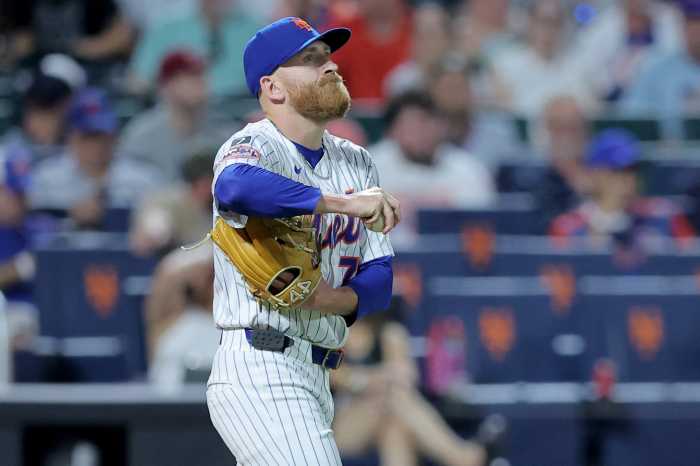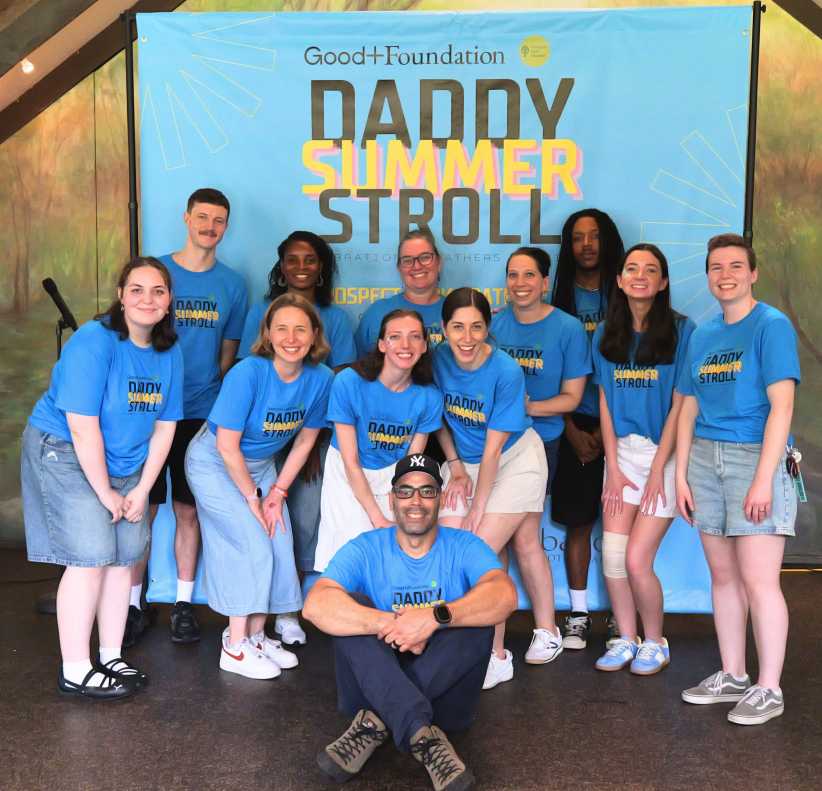Queens homeowners as well as those across the state facing foreclosure, may start receiving some relief as state lawmakers have reached an agreement to address the subprime crisis and potentially save thousands of residents from losing their homes.
The agreement, which Albany legislators approved and the Governor must sign in to law before the legislation takes effect, would allow homeowners facing foreclosure a 90-day window to seek assistance before lenders could begin foreclosure proceedings.
“While private sector efforts are an important part of the solution, they are inadequate to address a housing crisis of this magnitude,” New York State Governor David Paterson said. “The latest numbers show that this is getting worse in New York, and with this bill we can finally move towards protecting homeowners in ways that have not been possible until now.”
Legislators reached the agreement on Friday, June 19, and they expect to sign legislation into law before the end of session.
In addition to the 90-day window, the bill establishes a mandatory settlement conference for foreclosure proceedings involving homeowners with certain subprime loans and requires plaintiffs to make an affirmative allegation that they have standing to bring the foreclosure action and have complied with certain applicable laws.
“I respect Governor Paterson’s view that a subprime mortgage foreclosure moratorium would not have worked and would have only delayed a foreclosure,” said Senator Frank Padavan. “At the end of the day, this agreement provides the necessary tools and initiatives that will help homeowners and communities that have been adversely impacted by the rise of home foreclosures and help ensure that the dream of homeownership remains strong.”
The legislation also takes aim at curtailing the foreclosure rescue scams intended to take advantage of borrowers when they are most vulnerable.
“Nearly 125,000 New York families will face foreclosure his year,” said Queens State Senator and Democratic Minority Leader Malcolm Smith. “For the thousands of families caught in the sub-prime lending crisis, this agreement couldn’t have come soon enough.”
Portions of Queens, especially areas in the southeast part of the borough, have experienced the worst of the subprime mortgage crunch with 56 percent of all new scheduled foreclosure auctions in the city occurring in the borough, according to PopertyShark.com. However, those numbers are actually declining as new filings in the borough dropped 8.3 percent in May compared to April.
Although most advocacy groups believed the legislation would help many homeowners facing foreclosure, they are also concerned that it does not go far enough to address the thousands of homeowners already going through the foreclosure process.
“The fact is that the depth of this crisis and the costs to the state demand that New York slams on the brakes on home foreclosure so we can buy both borrowers and lenders time to work out individual loans,” said Bertha Lewis, Executive Director of NY ACORN.
ACORN, a grassroots community organization made up of moderate and low-income citizens searching for social and economic justice, has held protests during the last few months urging lawmakers in the Senate to pass the Assembly’s version of the bill calling for a one-year moratorium on foreclosures compared to the 90-day window of relief.
Meanwhile, days before Albany legislators reached an agreement, New York State’s Chief Judge, Judith S. Kaye, announced the residential foreclosure program, aimed at lessening the time, expense and potential losses associated with foreclosures. Under the new program, homeowners will have greater access to legal service providers and mortgage counselors with the hopes of reaching settlements outside of the courtroom.
“The result is a program that may shorten the lives of these cases by up to 15 months - ultimately benefiting not only the parties directly involved, but also the neighborhoods that would otherwise be left destabilized by these vacant properties,” Kaye said in a statement. “The program serves the best interests of all New Yorkers by reducing hardship, cost and neighborhood blight in our hardest hit communities.”































